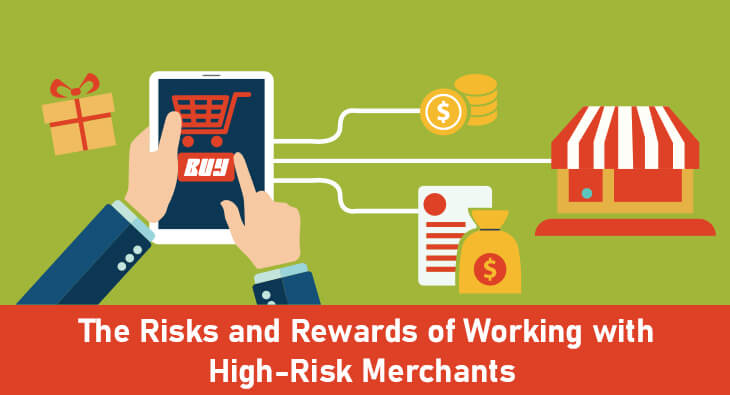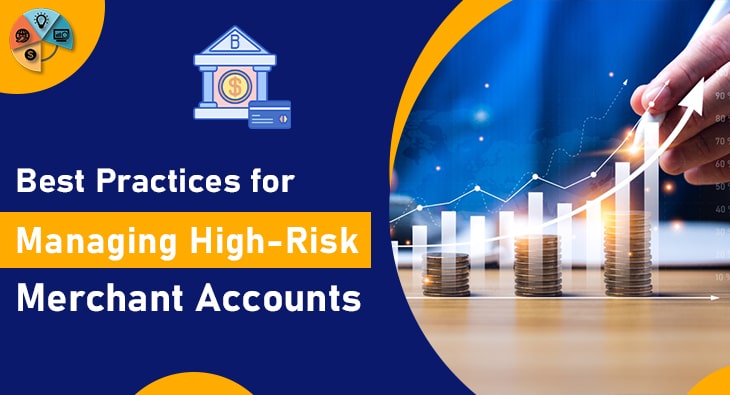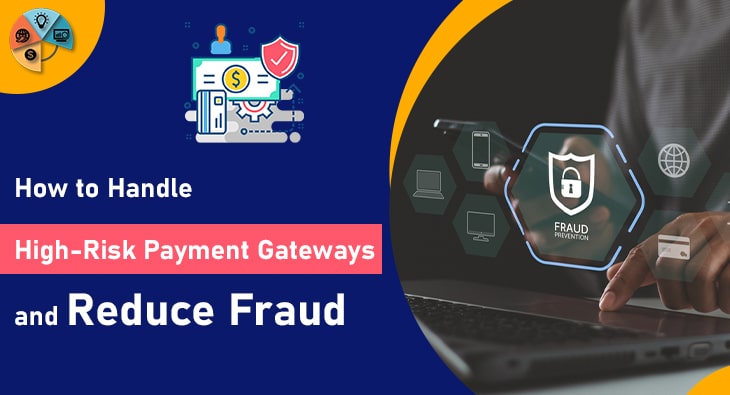Working with merchants can be a lucrative and rewarding business. But it comes with its own set of risks. This is especially true when dealing with high-risk merchants. These are businesses that have been deemed by payment processors and financial institutions to be more likely to encounter issues such as chargebacks, fraud, or legal complications. As a result, working with these types of merchants requires careful consideration and understanding of the factors that determine their level of risk. In this blog post, we will explore the risks and rewards of working with high-risk merchants and the key factors that contribute to their classification as such.
Defining High-Risk Merchants: Understanding the Concept
Then it comes to understanding high-risk merchants. It’s important to grasp the concept behind their classification. High-risk merchants are businesses that are considered more prone to encountering issues such as chargebacks, fraud, or legal complications. This designation is determined by payment processors and financial institutions. Who carefully assess various factors to determine a merchant’s level of risk. These factors can include the industry the merchant operates in, their financial stability, and their history of chargebacks or legal disputes. By understanding this concept. Businesses can better navigate the risks and rewards associated with working with high-risk merchants and make informed decisions to protect themselves.
Some Related Blogs
- Double Your Advantage with Dual Pricing Payment Processing
- Top 5 Benefits of Working with a Payment Facilitator
- The Simplest Guide to Obtaining an EIN Number for Your Business
- A Beginner’s Guide to Understanding SaaS Billing Process
Factors That Determine a Merchant’s High-Risk Status
Understanding the factors that determine a merchant’s high-risk status is essential when navigating the world of high-risk merchants. Payment processors and financial institutions carefully evaluate various aspects to determine the level of risk a merchant poses. These factors can include the industry in which the merchant operates, their financial stability, and their history of chargebacks or legal disputes. By analyzing these factors, businesses can gain insight into the potential risks involved in working with high-risk merchants and make informed decisions to protect themselves. Being aware of these determinants allows businesses to approach high-risk merchant partnerships with caution and develop strategies to mitigate potential risks.
Challenges of Doing Business with High-Risk Merchants
When it comes to doing business with high-risk merchants. There are a number of challenges that companies must be prepared to face.

One major challenge is the increased likelihood of encountering chargebacks and fraud. High-risk merchants are more susceptible to these issues.
Which can result in financial losses for the business working with them. Additionally, legal complications are another challenge that can arise when dealing with high-risk merchants. These businesses may have a history of legal disputes. Which can lead to costly legal battles and potential damage to the reputation of the company working with them.
Despite these challenges, there are strategies that can be implemented to mitigate these risks and still reap the rewards of working with high-risk merchants.
Opportunities and Advantages Associated with High-Risk Merchants
Working with high-risk merchants may come with its fair share of challenges. But there are also opportunities and advantages to be gained. One of the main advantages is the potential for higher profits. High-risk merchants often operate in industries that have a higher demand for their products or services.
![]()
Email us anytime!
Email customer service 24/7
![]()
Call us anytime!
Reach customer care 24/7 at +1 (727) 330-3944
Which can result in increased sales and revenue. Additionally, these merchants may be willing to pay higher processing fees, providing a boost to the bottom line. Another advantage is the opportunity to build long-term relationships. By successfully navigating the risks associated with high-risk merchants, businesses can establish themselves as trusted partners and gain access to a loyal customer base. Overall, while working with high-risk merchants requires careful consideration. It can also present unique opportunities for growth and success.
How to Mitigate Risks when Dealing with High-Risk Merchants
When it comes to mitigating risks while working with high-risk merchants. There are several strategies businesses can employ. One crucial step is conducting thorough due diligence before entering into any partnership. This includes researching the merchant’s industry, financial stability, and reputation. It’s also essential to establish clear and comprehensive contractual agreements that outline responsibilities and liability. Implementing robust fraud prevention measures. Such as enhanced verification processes and monitoring tools. Can help identify potential risks early on. Regularly monitoring and analyzing transaction data can provide valuable insights into any emerging issues. Finally, maintaining open lines of communication with high-risk merchants is key. By staying proactive and addressing concerns promptly. Businesses can minimize risks and ensure a mutually beneficial relationship with high-risk merchants.




8 thoughts on “The Risks and Rewards of Working with High-Risk Merchants”
Comments are closed.